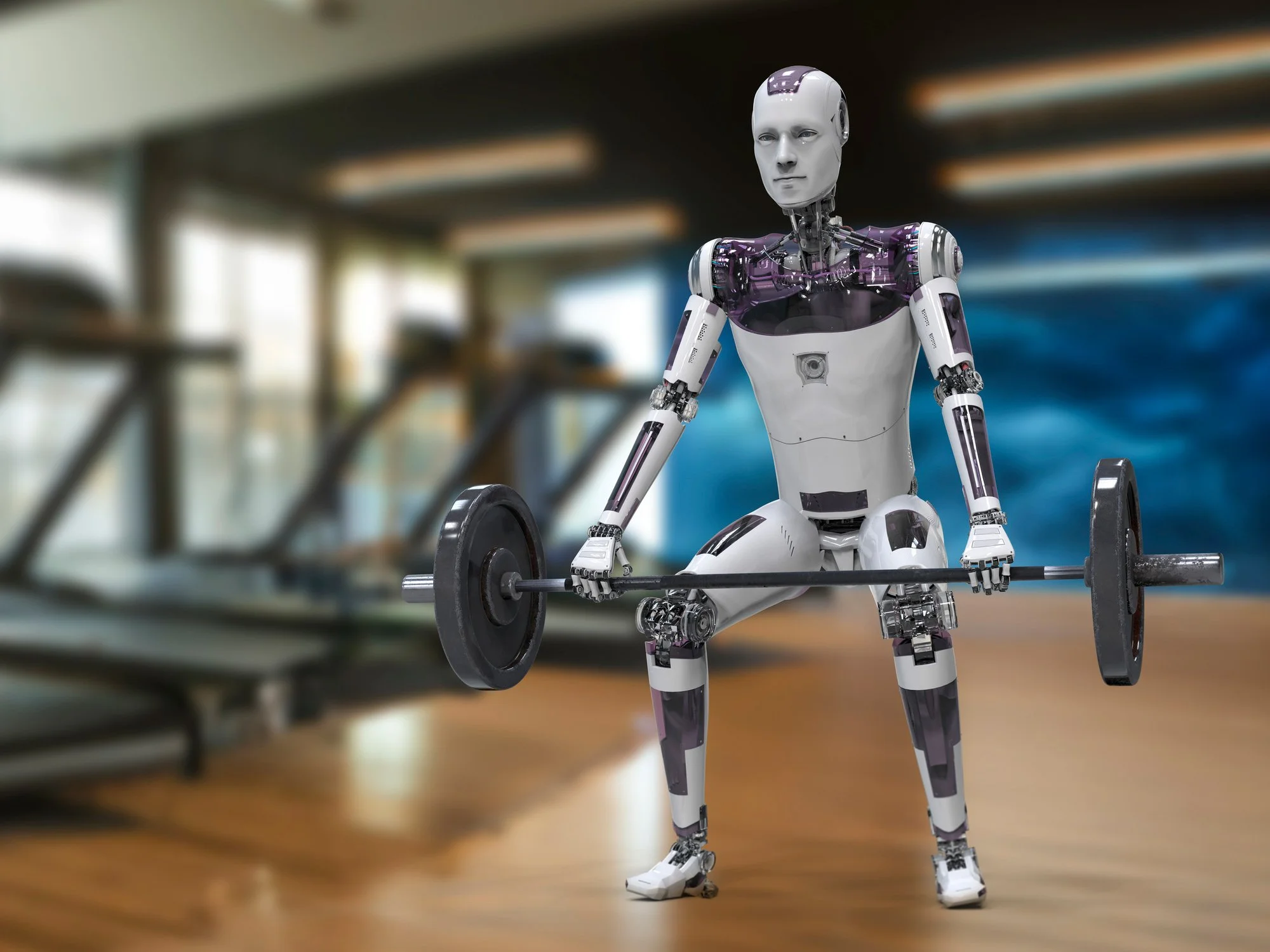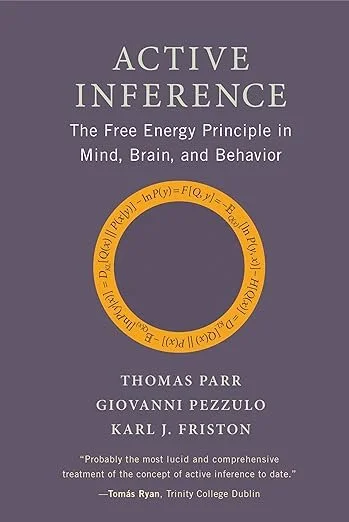
Developing products that mimic the brain

Developing products that mimic the brain
These are just two of the questions that mark the starting points of our research. Discover some of the publications from members of our team below.
An Active Inference Model for Visual Search
Humans and animals use vision deliberatively and unlike computers, they use eye movements to scan around an image to determine the best data to resolve uncertainty.
In this paper, we show how Active Inference can be used to mimic human decision-making.
Active Inference in the Gym
Computer game ‘gyms’ allow algorithms to be benchmarked. Typically, the algorithms use reinforcement learning to do the task.
Here we show that an Active Inference agent, which must minimize ‘Free Energy’, actively samples the game to build an accurate model of its environment.
How Does Our Brain Adjust World Models?
How do humans and animals update their understanding of the world around them when things change? How can they respond quickly to unexpected events?
In many animals, a cluster of cells in the brainstem is known to play a key role in this flexibility.
In this paper, we use Active Inference to model how the brain enables these crucial fast updates to world models.
Active Inference Text book
Described as ‘one of the most promising frameworks addressing a unified explanation of life-related phenomena‘, the Free Energy Principle has had a complete academic treatment for the curious reader.
From A-Z, read our team’s academic treatment of ‘the FEP’ and Active Inference from The MIT Press.

Case Studies
Learn how we have been applying our findings to real-world scenarios by reading our case studies.




